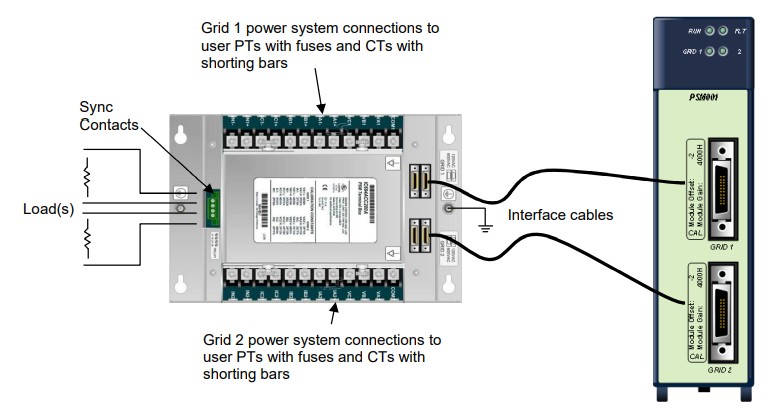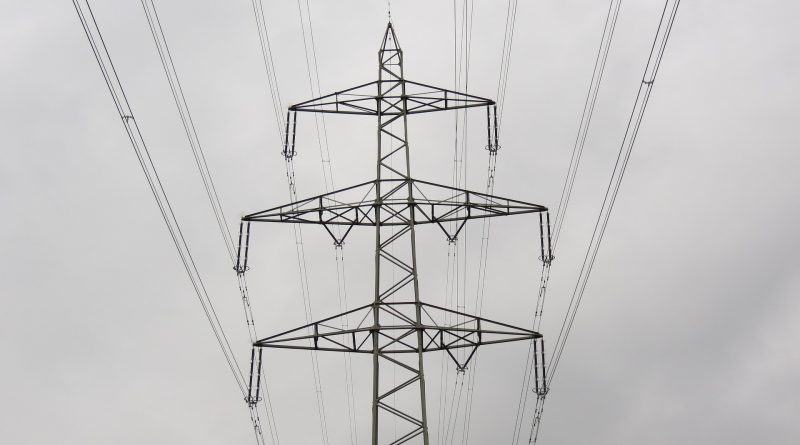Managing multiple energy sources
In 2013, the UK Government Office for Science produced a report, entitled the Future role for energy in manufacturing. In this report, they identified two threats to UK-based manufacturers. The first was that the price of energy in the UK will rise, compared to the cost faced by competitor firms abroad, placing UK manufacturers at a significant disadvantage. Well, the price has risen but globally because of the Russia Ukraine war. Nevertheless, the threat to UK manufacturing is still valid. The second threat is that a low-carbon electricity supply will be unreliable, and that the cost of power cuts will rise. Well, that is certainly true if you rely solely on low-carbon electricity. But using multiple sources of power can be greatly beneficial.
In 2021, US rankings put technology companies at the top of their list for renewables users. Google derives 93% of its total electricity consumption from solar and wind power. Microsoft accounted for 100% of its electricity use from wind, small hydro and solar power, while Intel also derived 100% of its electricity from various renewables.
In the manufacturing world, more and more producers are turning to multiple sources to power their manufacturing, particularly those that are in the energy intensive production industries.
Tesla is well known for committing to renewable energy in manufacturing, with its solar-panelled roofs and use of waste heat and cold desert air to govern production processes in its Gigafactories.
Some of the bigger names in the manufacturing world that are utilising a solar system include GM, L’Oreal and Johnson & Johnson.
Manufacturing companies make ideal spots for solar system installations for several reasons. First, these businesses typically operate out of large plants with sizeable roofs. These expansive, flat spaces are perfect for setting up many solar panels. Also, manufacturing plants tend to be located in industrial parks and other areas far away from tall buildings, so they avoid the problems caused by massive structures looming over solar panels and creating shade. And smaller manufacturers can also benefit from multiple energy sources to both reduce their costs and reliance on the grid.
Making it work
The process of combining various types of energy is called a multi-carrier energy system, which increases energy efficiency. The technology that allows two or more independent three-phase or single-phase power system to synchronise can be achieve using a Power Sync and Measurement (PSM) system, such as the module found in the PACSystem RX3i Power Sync & Measurement Systems (IC694PSM001 & IC694ACC200). This will monitor two independent three-phase power grids. It incorporates advanced digital signal processor (DSP) technology to continuously process three voltage inputs and four current inputs for each grid.
Measurements include RMS voltages, RMS currents, RMS power, frequency, and phase relationship between the phase voltages of both grids.
The PSM module performs calculations on each captured waveform, with the DSP processing the data in less than two-thirds of a power line cycle. The PSM module can be used with wye or delta type three-phase power systems or with single-phase power systems.
There are unquestionably many cases where a plant-wide solution like an MES is necessary or even preferable. We and our key technology and services partners have delivered many such “complete” systems across the country. However, it should certainly not be considered the only option for agile industrial businesses. If each factory can be thought of as a collection of work processes/functions that need to be delivered, then implementing the supporting/enabling technology as a collection of micro-apps can make sense. And when balancing risk, cost and speed to value, sometimes, moderation in plant technology deployments can provide the most bountiful benefits.
The PSM system can be used for applications such as:
- Electrical power consumption monitoring and reporting
- Fault monitoring
- Generator control features for generator to power grid synchronization
- Demand penalty cost reduction/load shedding
The PSM system consists of:
- PSM module – A standard IC694 module that mounts in an RX3i main rack. The PSM module provides the DSP capability.
- Terminal Assembly – A panel-mounted unit that provides the interface between the PSM module and the input transformers.
- Interface cables – Provide the GRID 1 and GRID 2 connections between the PSM module and the Terminal Assembly
The image below shows how a basic PSM system can be connected.

PSM System Features
- Uses standard, user-supplied current transformers (CTs) and potential transformers (PTs) as its input devices.
- Accurately measures RMS voltage and current, power, power factor, frequency, energy, and total three-phase 15-minute power demand.
- Provides two isolated relays that close when the voltage phase relationships between the two monitored grids are within the specified ANSI 25 limits provided by the RX3i host controller. These contacts can be used for general-purpose, lamp duty or pilot duty loads. Voltage and current ratings for these load types are provided in GFK-2749, PACSystems RX3i Power Sync and Measurement System User’s Manual.
- Provides a cable monitoring function that indicates when the cables linking the PSM module and Terminal Assembly are correctly installed.
- PSM module and Terminal Assembly are easily calibrated by hardware configuration using the PAC Machine Edition (PME) software.
To find out how Novotek can help you reduce your energy consumption and manage multiple energy sources email us at info_uk@novotek.com



